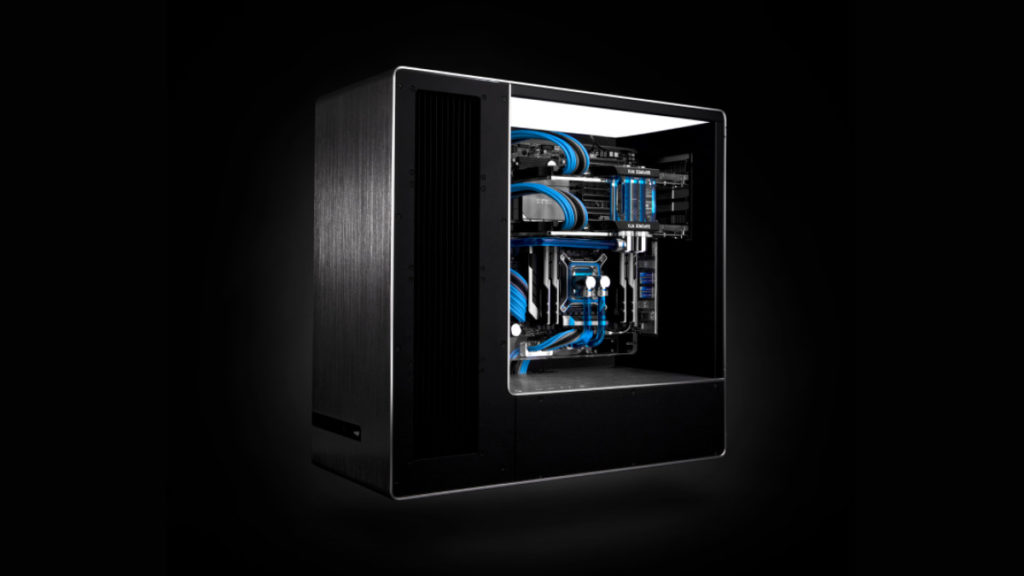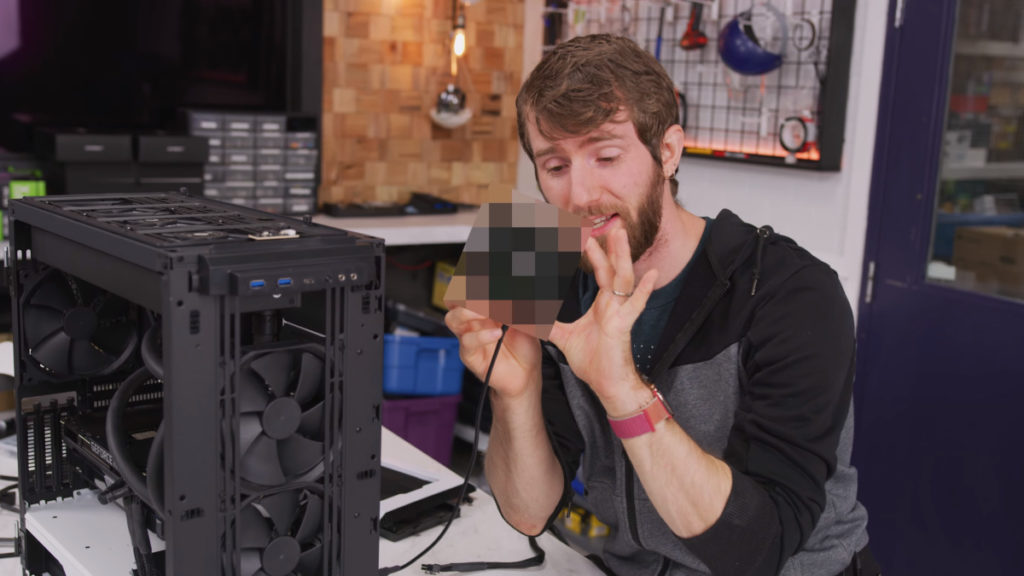
Over the last year, we have seen some CPUs reach downright epic levels of power consumption and, consequently, heat generation. The current champ of such things is the Intel Core i9-10900K. This flagship CPU has can heat up to 91°c and draw around 205 W when overclocked to 5.1 GHz on all cores. At that point, it’s a given you’ll need a liquid cooler and probably at least a 360 mm radiator to keep things in check. Well, what if you want to take things further? Linus Tech Tips did just that and managed to take this processor to 5.7 GHz. It may not be an all-core overclock, but it is close. Six out of ten registered at 5.7 GHz, with the other four at 5.4 GHz. What’s more interesting, though, is his use of a mystery box seen in a blurred image below.

TechPowerUp has theorized that this mystery box could actually be a custom Peltier or Thermoelectric solution from EKWB. These have largely been set aside due to their inefficiency and needed extra power, but it is possible that EK may be reintroducing them with some custom loop solutions. Linus already lists a number of its Quantum line products on the page for this build. He doesn’t elaborate on what the device is, but after showing off the 5.7 GHz overclock, he does give a startling glimpse of the core temps.

This rig also features an ASUS ROG Strix GeForce RTX 3090 and a 1600 W PSU. There’s a lot of power and heat dissipation at work here. Linus states he cannot share more about this mystery box right now but promises he will be able to soon. This could be the next game changer for PC enthusiast CPU cooling.
